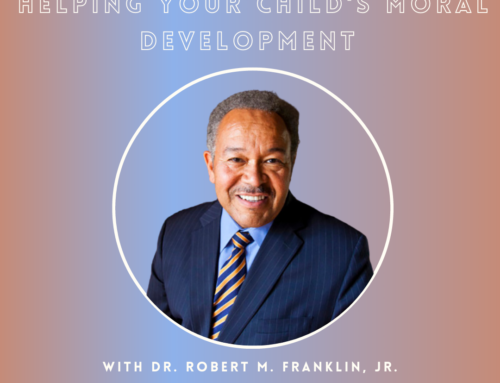During February and March, K-12 independent schools across the country will be notifying parents about whether their sons or daughters have landed a spot in the upcoming kindergarten class. (Good luck to parents awaiting this news.) One of the issues which frequently comes up as parents consider applying their children to an independent school kindergarten is when they should apply. If their son has a Spring or Summer birthday, and applies in the year he will be turning 5, this is likely to make him one of the younger children in the class. If he has a fall birthday, which will cause him to miss the standard cut-off of September 1, he will have to wait another year, and will turn 6 shortly after kindergarten begins.
The park bench wisdom, especially for boys, is that it is better for your child to be among the oldest in the kindergarten class than among the youngest. Older kindergarten boys are thought to be more mature, more in control of their bodies and impulses, and better able to sit still and pay attention to what is going on in the classroom. Although the applications for many independent schools in New York City include the standard September 1 cut off, some schools may even infer during the admissions process that they are less interested in boys with birth dates in the Spring and beyond. These circumstances have led parents to promote and follow the practice of holding back or academic “redshirting” their sons who turn five well before the September 1 cut off.
But is being the oldest always the right answer for your son? Research studies are inconclusive on whether starting kindergarten at 6 makes you a life long better student. A 2008 Harvard University study, concludes that while in the early grades there is a strong positive relationship between a child’s age and his performance relative to his peers, there is little evidence that being older than your classmates has any long-term positive effects on IQ or educational attainment.
Donna McClintock, COO of Children’s Choice Learning Centers, Inc. and the mother of three, wrote an article for CNN.com recently in which she urges parents to focus more on their child’s needs and development than on automatically following the current redshirting trend. In her article, found here, she gives parents a series of questions to consider when thinking about redshirting. Among them are : “If you hold your child back, what will he do during this time of rapid growth and learning?” It is critical that he continues to be inspired, challenged and motivated during this time of rapid growth and learning. If your child stays in a pre school program for that additional year, make sure that the program will provide actual age appropriate learning experiences in the classroom, and won’t just re-do the 4’s program. She also asks parents to consider whose needs are actually being served by having your child sit out a year: Are you doing it because all your friends are, or because he is likely to perform better in sports, or because you are not quite ready for him to start school? These reasons may ultimately serve you more than they are serving your son.
We faced this dilemma years ago with my sons born in July and August. Although we heard the park bench perspective loudly and clearly, we decided to send them on to kindergarten as young 5 year olds rather than wait out the year for them to start at 6. We felt that they were ready to move on developmentally, and had the attention span and control to make it through a day of school. (It helped that we took their preschool’s all-day option in the 4’s program, which made them comfortable with the longer school day before they got to kindergarten.) This did make each of them one of the youngest in their grades in the early years. But as the years progressed, and students from other schools joined their class, they were no longer the youngest, as public schools generally follow a December 1 cut off. Moreover, we have seen that they have adjusted well in their grades with no learning gaps. When they were in the early grades, they complained a bit about being the youngest (which was most obvious when birthdays were celebrated in class). But as they reached middle school, and I watched some of the older boys struggle with the effects of being much more physically developed than their classmates, I understood that both sides of this issue had its challenges.
As Donna McClintock notes, the most important thing a parent can do when making this decision is to carefully consider your child’s individual needs and development rather than blindly follow a trend. What works for your friend’s child should not dictate what will work for yours. GCP readers, if you faced this issue, what did you do? Did you hold back your son, on send him on, and what was his experience in either case?





